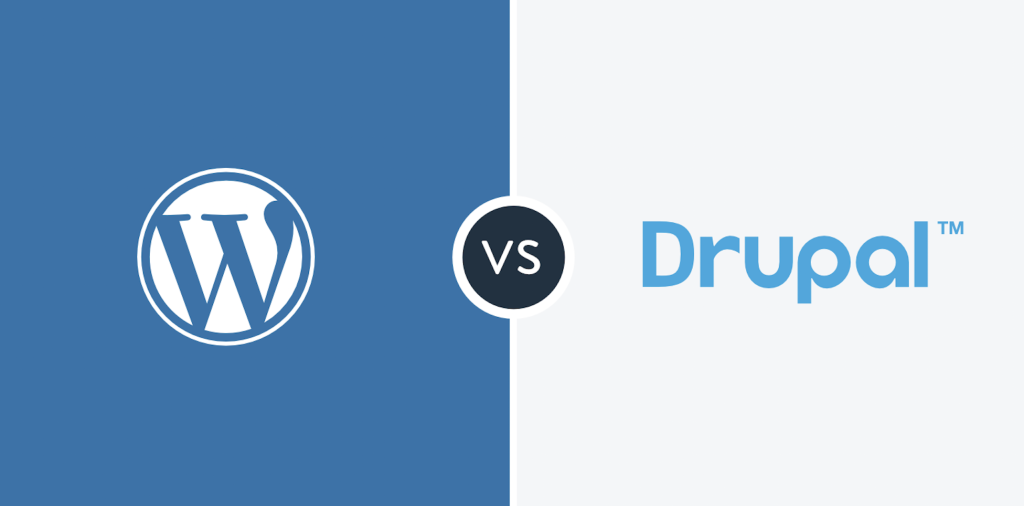
The article aims to help readers make an informed decision when choosing a CMS for their website based on factors such as page load time, server response time, and overall performance. When it comes to content management systems (CMS), WordPress (WP), and Drupal are two of the most popular options available. Both platforms offer powerful features and flexibility, making them ideal website design choices. But if we are adding security and scalability to the list of demands, Drupal will be in the leading position. And to raise its possibilities even more, below we’ll discuss what can be done to gain for your website the best optimization and the highest satisfaction for your users.
In the digital landscape, a swift and responsive website is no longer a luxury—it’s a necessity. If you’ve chosen Drupal as your CMS, you have a robust platform at your disposal. But even the mightiest of platforms can be dragged down by slow loading times and sluggish performance. This blog post will equip you with some effective strategies and techniques for Drupal performance optimization to supercharge your website’s speed.
Use Drupal’s caching mechanisms
Drupal comes with built-in caching mechanisms that significantly speed up your site. The system stores rendered web pages and serves them to users, reducing the processing load. Key Drupal caching mechanisms include page caching, block caching, and view caching. Remember to set the minimum cache lifetime and the expiration of cached pages to optimize the process. If you need professional consulting, check these leading Drupal development company.
Enable bandwidth optimization
This is a feature in Drupal Core that compresses your website’s CSS and JavaScript files, reducing their size and the time required for download. You can find this feature under “Configuration,” “Development,” then “Performance.”
Optimize images
Images can be a significant drag on site speed. Using Drupal’s ImageAPI Optimize or other similar modules, you can automatically adjust images. These modules provide a toolkit for ImageAPI that allows Drupal sites to easily optimize images when uploaded.
Use a content delivery network
A content delivery network (CDN) can dramatically improve page load speed by serving your site’s static content from a network of servers distributed globally. When a user accesses your site, the CDN will serve them from the nearest server, reducing latency. Drupal has several modules, such as the CDN module, that can help integrate a CDN.
Utilize lazy loading
Lazy loading is a design pattern that defers the loading of non-critical resources at page load time. In the context of a Drupal site, this often means images, which are loaded only when needed. This can significantly improve initial page load times and overall site performance. Drupal modules like Blazy provide this functionality.
Optimize database
Drupal’s database can become bloated with unused data over time. Regular database optimization can help maintain its performance. The OptimizeDB module can aid in this by providing a simple interface to optimize the tables of your database.
Update regularly
Keep your Drupal core and modules updated. Updates often contain performance improvements as well as security patches. However, before updating, always make sure to back up your site to avoid any potential data loss.
Choose a fast hosting provider
Not all Drupal hosting providers are created equal. The speed and configuration of your web host’s servers can have a profound impact on your Drupal site performance. Look for a host that offers Drupal-optimized hosting packages.
Use a profiling tool
Lastly, to identify bottlenecks and problematic areas, consider using a profiling tool like New Relic or Blackfire. These tools provide detailed insights about your Drupal site’s performance and help you pinpoint areas for improvement.
Implementing these Drupal performance optimization techniques can significantly increase your site’s speed, enhancing user experience and improving your site’s SEO performance. Remember, optimizing a site is an ongoing process, not a one-time event. Regularly monitor your site’s performance and make necessary adjustments to maintain a fast and efficient Drupal website.
In conclusion
Both WordPress and Drupal are powerful CMS options with unique advantages. WP is renowned for its user-friendliness, vast plugin library, and flexibility, making it suitable for various website types but lacking security. On the other hand, Drupal excels in robustness, customization, scalability, data safety, personal information protection and enterprise-level features, making it ideal for complex websites. And, migration to Drupal is simple and transparent with professional support.
